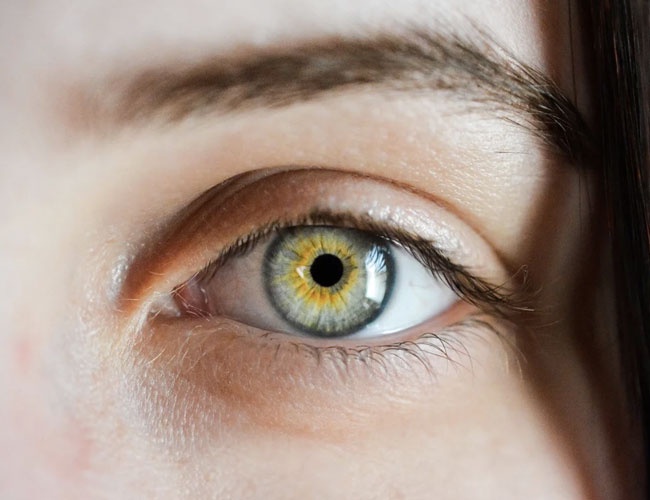You will notice many changes in your body or lifestyle as you age, one of which is vision variation in old age. To prevent any kind of eye disease, you need to take a proper eye doctor appointment to identify the problem. Some common age-related eye problems include glaucoma, presbyopia, dry eyes, cataracts, age-related macular degeneration, and temporal arteritis. In this post, we have mentioned some eye diseases that can impact your vision with age.
Let's read them out carefully:
Presbyopia
You might lose the ability to see small text or up-close items if you have presbyopia. You might not see any change until you are 35 or 40 years old. Presbyopia patients frequently hold reading things at arm's length. While reading or performing other close tasks, some people have migraines or "weary eyes." If you have presbyopia, reading glasses or multifocal (bifocal) lenses can help you see well.
Difficulty seeing at night
Elderly folks may realise that it takes them longer than usual to acclimatise to the dark and focus their eyes. Age-related deterioration of the eye's rod cells, which are necessary for low-light vision, has been suggested by studies. Driving is, therefore, more difficult at night or in bad weather. It is suggested by the expert’s senior drivers to limit their driving to daylight hours.
Age-related macular degeneration (AMD)
The macula, a small area at the centre of the retina that is in charge of sharp central vision, is the primary area of the retina that is impacted by age-related macular degeneration.
If you have AMD, you will have trouble completing jobs that require attention to detail, such as reading, writing, driving, and differentiating between colours. Early signs of AMD include distorted, blurry, or gloomy central vision.
Four factors stood out as raising the risk of AMD in a large clinical investigation by the National Eye Institute (NEI) named the Age-Related Eye Disease Study (AREDS):
- Age
- Race (Caucasian)
- Family history
- History of smoking
Mainly AMD is in two forms: dry and moist. Several techniques for treatment are needed for each category.
During a thorough retinal exam, AMD can be identified early and its progression slowed.
Cataracts
The normally translucent lens of the eye becomes clouded by a cataract. Protein and water make up the lens, but if the protein starts to clump together, it can start to obstruct light transmission through the lens. An operation to remove the hazy lens and replace it with a new one may be required if the cataract worsens and starts to significantly impair vision.
Glare, blurry or fuzzy vision, double vision in one eye, or halos around lights are common complaints from cataract patients. The only option to restore vision lost to cataracts is through surgery.
Women are slightly more likely to develop cataracts than men, and ageing is a significant risk factor for the condition.
Individuals with cataracts are more likely to get them if they smoke, don't protect their eyes from the sun, or have a family history of them.
Final thought
These are some common eye problems you have to face after a certain age. If you are facing one of these issues and your doctor has suggested eye surgery in London, you can connect with us for better care.


No comments yet